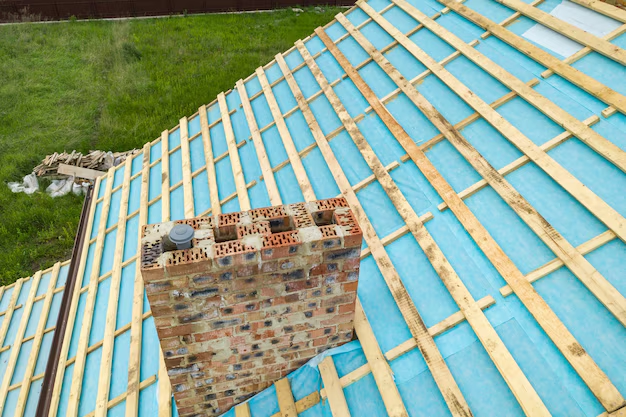Considering a New Roof? Here’s What You Need to Know About Installation Costs
The thought of installing a new roof can be daunting—not just because of the labor involved, but because understanding the costs associated with such a significant home improvement can feel overwhelming. The cost to install a roof varies widely based on factors like materials, labor, and location. So, how much should you expect to pay when undertaking this project?
Factors Influencing Roof Installation Costs
Material Choices
The primary driver of installation costs is the type of roofing material you select. Pricing can vary dramatically:
- Asphalt Shingles: The most common choice in North America, offering affordability and decent durability, ranges from $1.50 to $5.50 per square foot.
- Metal Roofing: Known for its long lifespan, metal roofing sits at $5 to $14 per square foot.
- Tile Roofing: While aesthetically pleasing and durable, expect to pay $7 to $20 per square foot.
- Slate Roofing: Among the most expensive, but also extremely durable, costs $10 to $30 per square foot.
Roof Size and Complexity
Larger roofs or those with numerous features such as skylights or chimneys will increase the overall expense. Simple, rectangular designs save on labor and materials.
Labor Costs
Installation isn't just about materials. Labor expenses make a significant portion of the total cost. Depending on your location and the complexity of the job, these charges can range between $1.50 and $4.50 per square foot.
Location
Geographical location plays a role due to factors like local labor costs, availability of materials, and regional building codes. Expect variances if you're in urban versus rural areas.
Removal of Old Roofing
Don’t overlook the cost of removing and disposing of old materials, which could add around $1 to $5 per square foot.
Financial Assistance and Additional Options
Considering the potential expense, you might be exploring ways to alleviate financial burdens. Fortunately, there are numerous pathways to explore:
Government Aid Programs
Some regions offer grants and rebates for home improvements aimed at energy efficiency, including roofing updates. Check with local municipalities for any available programs.
Financing Options
- Home Equity Loans: Ideal for larger projects where you might use your home as collateral.
- Personal Loans: Quick funding without home equity requirements, albeit often with higher interest rates.
- Roof Financing Plans: Many contractors offer in-house financing. Discuss these plans before making a commitment.
Insurance Considerations
If your roof installation is due to storm damage or other covered events, your homeowner's insurance might shoulder some of the expense. Review your policy carefully.
Credit Card Solutions
For projects with smaller scopes, consider utilizing a credit card with favorable terms, such as a 0% introductory APR. This can help in spreading out payments without accruing interest, as long as the balance is paid within the promotional period.
Tax Deductions and Credits
Roof installations focusing on energy efficiency may qualify for federal tax credits. Check eligibility for rebates on materials like Energy Star-rated roofing products.
Exploring these financial assistance options can make a new roof more attainable without derailing your budget. Take proactive steps to research and access these resources, ensuring your home remains safe, secure, and valuable.
🛠️ Financial Solutions for Roofing Projects:
- 🏠 Home Equity Loans: Low-interest rates, ideal for large renovations.
- 💳 0% Intro APR Credit Cards: Spread payments interest-free.
- 🏗️ Contractor Financing: Manageable installments through service providers.
- 🏦 Personal Loans: Flexibility without using home equity.
- 🌿 Government Rebates: For energy-efficient upgrades.
- 📄 Insurance Claims: Explore coverage for storm-related damage.
By weighing your options carefully, you can navigate the complexities of roof installation costs with a strategic approach that secures both your home and financial well-being.
